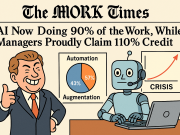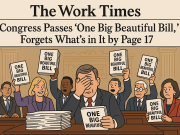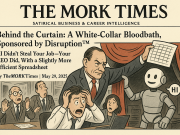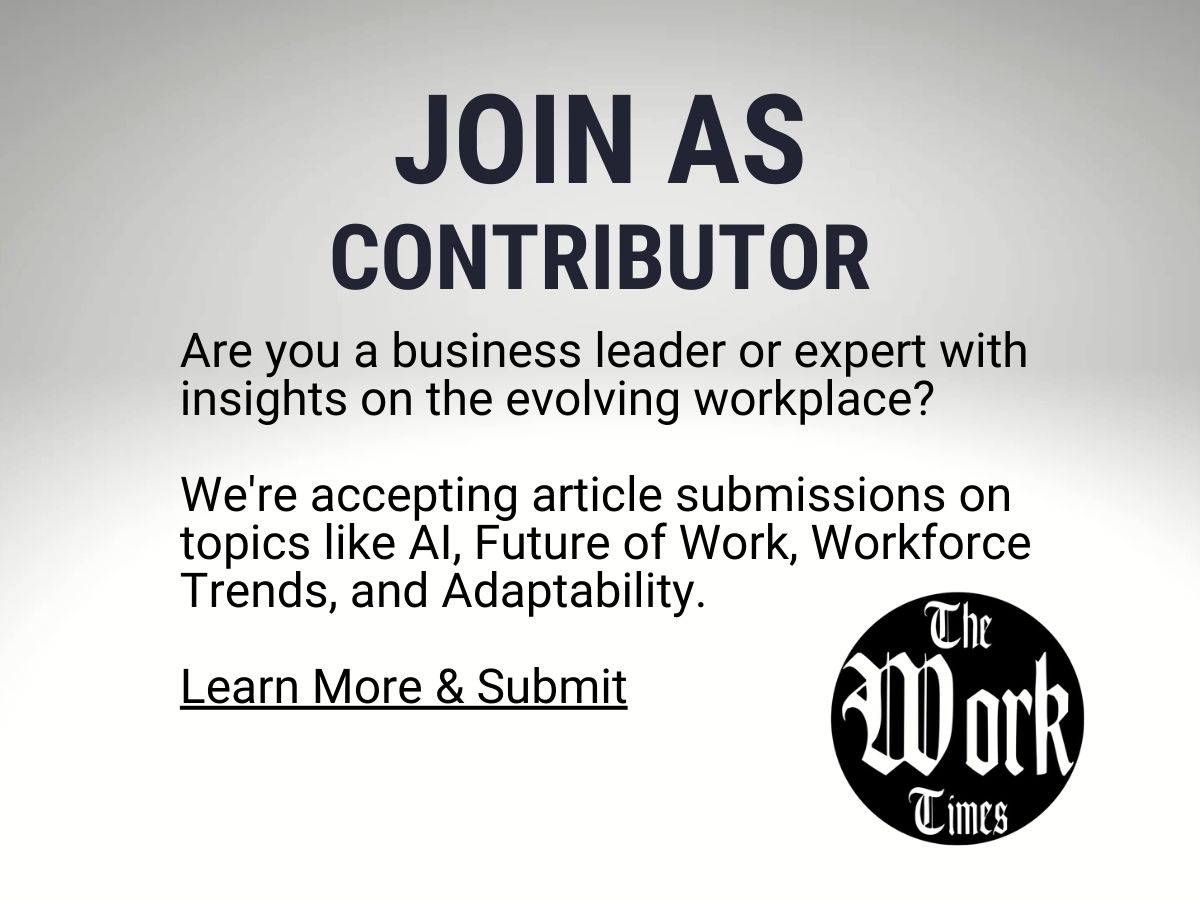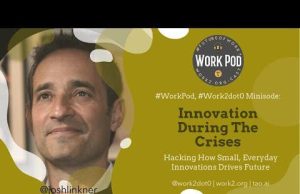As businesses and government agencies reassess workplace structures, a significant policy shift is unfolding. Organizations are rolling back remote work and telework agreements, prompting concerns over productivity, employee engagement, and organizational adaptability. Reports indicate that several federal agencies are rescinding remote work policies, implementing mandatory return-to-office dates (Federal News Network), while JPMorgan CEO Jamie Dimon criticizes resistance to in-office work, emphasizing efficiency and workplace discipline (Reuters).
The debate over return-to-office mandates versus remote work flexibility is not just about where employees work—it is about how organizations define productivity, structure policies, and maintain adaptability in an ever-evolving economic and technological landscape.
The Policy Shift: Why Employers Are Demanding a Return
For many employers, the push to reinstate in-office work requirements stems from concerns about workforce efficiency, corporate culture, and organizational cohesion.
Productivity and Performance Metrics
One of the central arguments for return-to-office mandates is the perceived decline in productivity and collaboration in remote settings. Some executives, including Dimon, assert that physical office presence is essential for ensuring accountability, fostering mentorship, and streamlining decision-making (Reuters). Similarly, federal agencies cite operational challenges and communication breakdowns as reasons for reversing remote work policies (Federal News Network).
Policy shifts in this direction focus on:
Defining clear performance indicators to assess whether remote work impacts deliverables.
Enhancing employee monitoring and accountability measures to ensure workflow efficiency.
Fostering knowledge sharing and collaboration that is often spontaneous in physical workspaces.
Business Continuity and Economic Considerations
Remote work policies were initially expanded in response to the COVID-19 pandemic, but as economic conditions shift, businesses are re-evaluating their cost structures and operational efficiency. Some organizations worry that empty office spaces translate to wasted real estate expenses, prompting executives to justify the cost of maintaining physical office environments.
The Talent Pipeline and Workplace Culture
Organizations that advocate for full-time office work argue that mentorship and employee development suffer in remote environments. New employees, particularly early-career professionals, benefit from in-person interactions where they can learn from senior colleagues through on-the-job experiences and informal workplace conversations.
The Adaptability Argument: Why Flexibility Still Matters
While return-to-office policies are gaining traction, the demand for flexibility has not disappeared. Employees have adjusted to remote and hybrid models, demonstrating that productivity does not solely depend on physical office presence.
Employee Retention and Work-Life Balance
Many organizations that have maintained hybrid or flexible work policies see higher retention rates and increased employee satisfaction. According to multiple workforce studies, employees prioritize work-life balance and are more likely to leave rigid workplaces for organizations that offer greater flexibility.
Policy considerations in this area focus on:
Implementing hybrid work models that allow structured in-office days while preserving remote flexibility.
Providing remote-work accommodations for employees with caregiving responsibilities or personal constraints.
Leveraging technology to maintain productivity regardless of location.
The Role of Technology in Workplace Efficiency
Advancements in AI, cloud computing, and digital collaboration tools have made remote work viable for many industries. Employers aiming for efficiency-driven policies should invest in:
AI-driven project management tools to measure task completion and productivity.
Virtual reality (VR) and digital workspaces to enhance remote collaboration.
Flexible communication policies that ensure seamless remote and in-office interactions.
Finding the Middle Ground: A Policy-Driven Approach
Rather than strict in-office mandates or fully remote work models, forward-thinking organizations should consider data-driven hybrid policies that maximize both productivity and adaptability.
Key Considerations for Future Work Policies:
Hybrid Work as a Standard Model – Structured, in-office collaboration days combined with remote flexibility.
Productivity-Based Performance Metrics – Measuring output rather than hours spent in the office.
Revised Real Estate Strategies – Adapting office space utilization based on actual workforce needs.
Legal and Compliance Adjustments – Updating contracts and labor policies to align with new work models.
Conclusion: The Future of Work Requires Balance
The return-to-office movement reflects a broader workplace evolution. While employers emphasize productivity, accountability, and operational efficiency, employees continue to advocate for work-life balance and adaptability. The most successful policies will be those that embrace the strengths of both models, ensuring that the future of work is both productive and sustainable.











